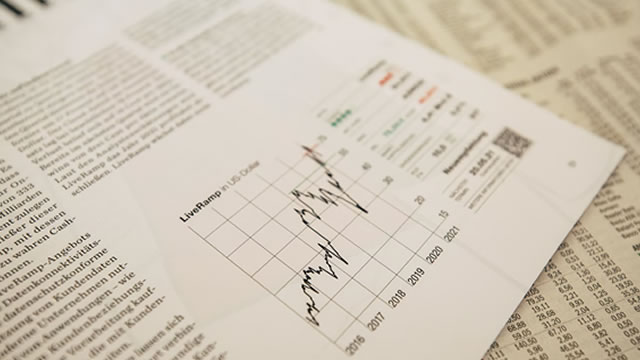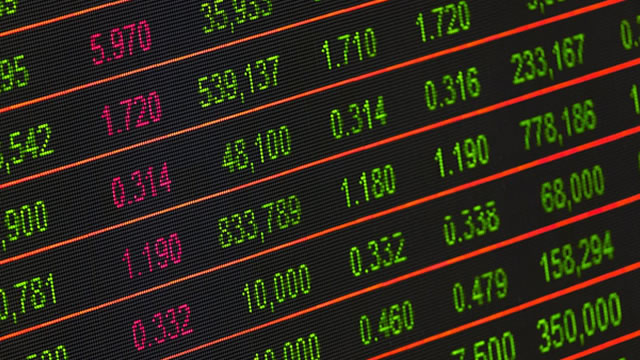The Surprising Performer in a Struggling US Stock Market: Low-Volatility Equities
The US stock market has been a rollercoaster ride this year, with uncertainties around inflation, interest rates, and geopolitical tensions keeping investors on their toes. Yet, amidst this turmoil, one corner of the equity universe has been shining bright: low-volatility equities.
The Allure of Low-Volatility Equities
Low-volatility equities are stocks that have historically shown less price fluctuation than the broader market. These stocks are often considered “safer” bets, as they offer a smoother ride for investors during market downturns.
Outperforming in a Challenging Year: The iShares MSCI Minimum Volatility ETF
One popular way to gain exposure to this asset class is through exchange-traded funds (ETFs), such as the iShares MSCI Minimum Volatility ETF (USMV). This ETF, which tracks an index of US and developed market stocks with lower volatility, is up an impressive 4.9% year to date.
Why the Disconnect?
The outperformance of low-volatility equities in a struggling market might seem counterintuitive. After all, one would expect these stocks to underperform during times of market stress. However, there are a few reasons why this isn’t always the case:
- Defensive Sector Exposure: Low-volatility equities tend to be overrepresented in defensive sectors, such as healthcare and consumer staples. These sectors are often less sensitive to economic downturns, making them attractive during uncertain times.
- Valuation Discounts: Low-volatility stocks may trade at a discount to their high-volatility counterparts, providing an inherent value advantage.
What Does This Mean for Individual Investors?
For individual investors, the outperformance of low-volatility equities might offer a glimmer of hope in an otherwise uncertain market. However, it’s important to remember that past performance is not indicative of future results. As always, it’s crucial to consult with a financial advisor and consider your personal risk tolerance, investment goals, and time horizon before making any investment decisions.
A Global Perspective: The Impact on the World
The outperformance of low-volatility equities is not just an American phenomenon. Similar trends have been observed in other developed markets as well. For instance, the iShares MSCI World Minimum Volatility ETF (IMOV) is up 1.9% year to date.
The implications of this trend for the global economy are far-reaching. For one, it could lead to a continued shift towards passive, index-based investing. Additionally, it might signal a renewed interest in defensive sectors, which could benefit from increased demand for “safe haven” assets.
Conclusion: Riding the Waves of Volatility
The US stock market may be struggling this year, but the low-volatility equity risk premium is proving to be a surprising performer. With the iShares MSCI Minimum Volatility ETF leading the charge, this trend is not only impacting individual investors but also shaping the global economic landscape. As we navigate the choppy waters of this market, it’s essential to remember that a well-diversified portfolio and a long-term perspective can help us ride the waves of volatility and achieve our financial goals.





